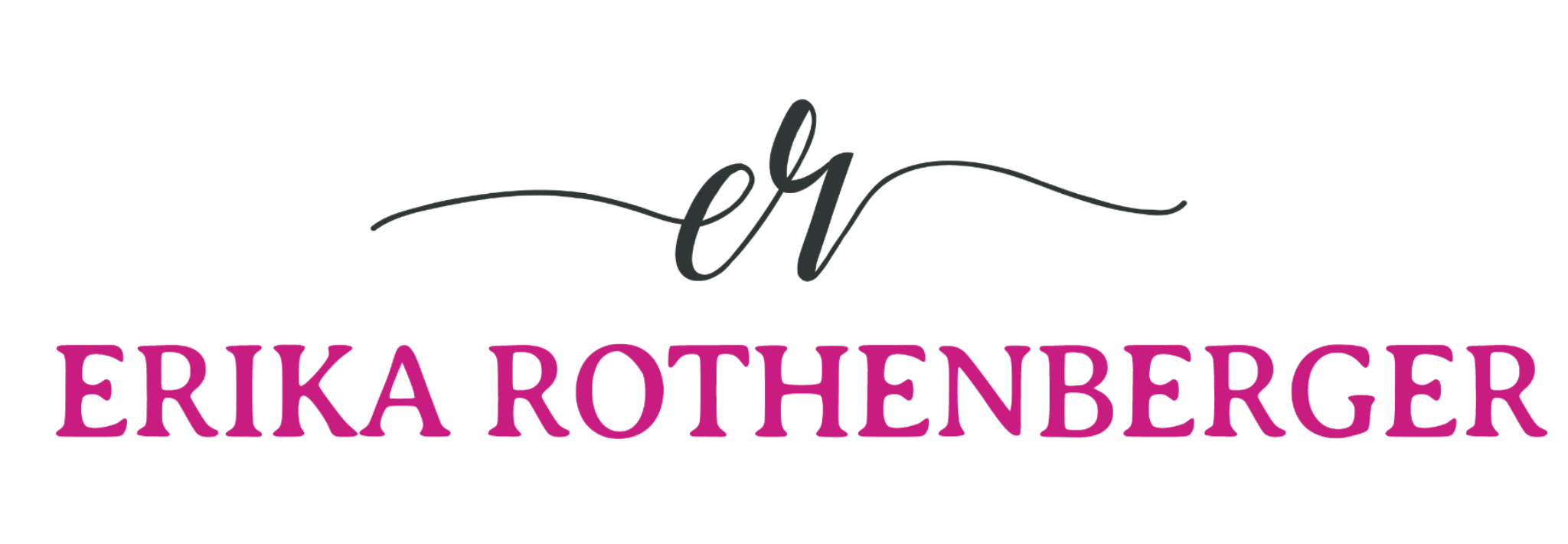Mastering the Canvas of Time: The Art of Time Blocking

In the masterpiece that is our life, time is the canvas we paint on. It is finite yet full of infinite possibilities. Making the most of this canvas requires strategy and finesse, much like the art of painting. Time blocking is one such strategy, a time management technique that allows us to channel our focus, maximize productivity, and bring balance to our lives.
Time blocking, in essence, involves dividing your day into chunks or ‘blocks’ of time, each dedicated to a specific task or group of tasks. This approach promotes single-tasking over multitasking, allowing us to pour our focus into one thing at a time. Let’s delve into the art of time blocking and how to make it work for you.
1. Start with an Overview
The first step to effective time blocking is getting a comprehensive view of your commitments, tasks, and goals. List out everything you need or want to accomplish. This could include professional tasks, personal projects, learning goals, hobbies, self-care routines, family time, and so forth.
2. Prioritize Your Tasks
Once you have your list, prioritize the tasks. Stephen Covey’s Time Management Matrix can be a handy tool here, helping you categorize tasks into four quadrants based on their urgency and importance. This exercise will help you identify what needs your immediate attention and what can be scheduled for later.
3. Allocate Time Blocks
Now comes the core of time blocking – allocating blocks of time for each task. These blocks can range from 15 minutes to a few hours, depending on the nature of the task. Remember to account for breaks to avoid burnout.
4. Use a Digital or Physical Planner
A planner is crucial for time blocking. You can use digital tools like Google Calendar or traditional physical planners, depending on your preference. Color-coding your blocks by task type can add an extra layer of visual organization.
5. Implement and Refine
Start working within your time blocks, aiming to stay focused on each task during its allocated time. The real art of time blocking lies in its flexibility and adaptability. Monitor your progress, identify what’s working and what’s not, and make adjustments as needed.
6. Build in Downtime
Lastly, remember that rest and relaxation are as important as productivity. Block out time for relaxation, hobbies, or simply doing nothing. These ‘white spaces’ in your calendar are crucial for maintaining a healthy work-life balance and ensuring that you don’t burn out.
Time blocking is an art form that brings structure and focus to our days. It allows us to maximize productivity while also maintaining a balance between work and leisure. It is not a rigid system, but rather a flexible and adaptable strategy that can be personalized to fit our unique lifestyles, goals, and responsibilities.
By mastering the art of time blocking, we can wield our paintbrush with precision, creating a balanced, colorful, and fulfilling picture on the canvas of time. This masterpiece, composed of well-managed time blocks, will be a testament to our productivity, balance, and satisfaction. Time blocking, in essence, equips us to be the artists of our own time, shaping our days into a beautiful blend of productivity, creativity, and leisure.
Time blocking is a transformative art that empowers us to seize control over our most precious resource: time. It’s more than a time management technique—it’s a way to create harmony in our lives, balancing productivity with peace, focus with freedom, and work with well-being.
Adopting time blocking doesn’t mean bidding adieu to spontaneity. Instead, it means being mindful about how we spend our time and ensuring we dedicate sufficient moments to all areas that matter to us—our work, relationships, hobbies, and self-care. In this way, time blocking helps us build a life that is not just busy, but meaningful and fulfilling.
As we journey towards mastering the art of time blocking, it’s important to remember that perfection is not the goal—improvement is. There will be days when unforeseen circumstances disrupt our best-laid plans, but that doesn’t signify failure. Instead, it’s an opportunity to flex our adaptability muscles and refine our time blocking approach.
Like any art, time blocking requires practice, patience, and a willingness to adapt and evolve. As we get better at it, we’ll start to see the benefits spilling over into all aspects of our lives. We’ll witness ourselves achieving more, stressing less, and deriving more satisfaction and enjoyment from each day.
By sculpting our time purposefully, we become artists of productivity, creators of balance, and architects of fulfillment. Through the art of time blocking, we can truly make every moment count, transforming the blank canvas of our days into a vibrant masterpiece of purposeful living. Let’s embrace this art and uncover the extraordinary in our everyday.



